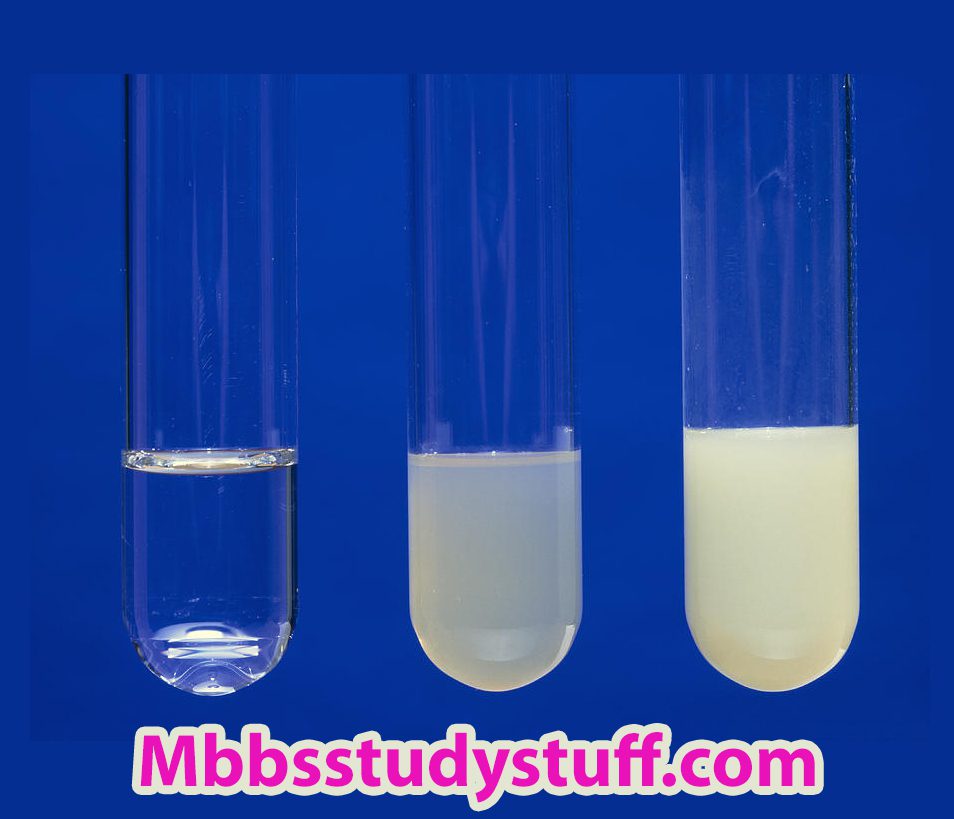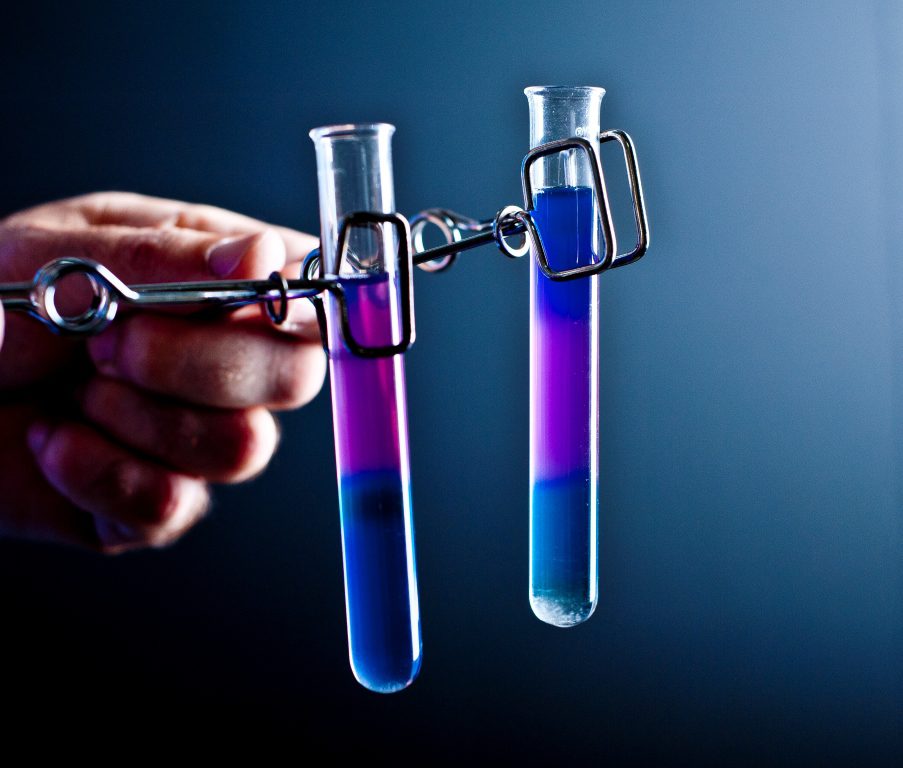Test for calcium, magnesium and phosphate in urine:
So the test for calcium, magnesium and phosphate in urine can be done with ease by the following methods.
Test for Magnesium in urine:
Chemicals Required:
- A concentrated solution of ammonia.
- Urine
Procedure:
- Take 5 ml of urine of urine in a test tube.
- Add 1 ml of a concentrated solution of ammonia.
- Heat to boil the test tube.
Observation:
A white flaky precipitate of phosphates of calcium and magnesium forms. Filter it. Discard the filtrate and dissolve the precipitate in 3 ml of 1% acetic acid.
Perform the following test on this solution for the presence of calcium and phosphate separately.
Test for calcium in urine:
Reagents:
- 2% potassium oxalate
Procedure:
- Take 1 ml of above solution in a test tube.
- Add 1 ml of 2% potassium oxalate in it.
- Mix thoroughly.
Observation:
A white precipitation of calcium oxalate is produced, indicating the presence of calcium in the urine.
Test for phosphate urine:
Reagents:
- Ammonium molybdate
Procedure:
- Take 1 ml of above solution in a test tube.
- Add 1 ml of ammonium molybdate reagent.
- Heat to boil.
Observation:
The formation of a yellow crystalline precipitate indicates the presence of phosphate in urine.
Note:
The urine on boiling evolves the CO2 which makes the reaction alkaline. This results in the formation of a precipitate of magnesium and calcium phosphates, which are re-dissolved by the addition of acetic acid. This distinguishes these salts from proteins, which on heating get coagulated and cannot be re-dissolved by the acetic acid.
Precautions:
- Wash the apparatus before and after the experiment.
- Carefully handle all the chemicals in the lab.
- Avoid urine touching with hands.
- Use forks for holding test tube.
- The test tube used should be clean neatly and free of any dirt and chemicals because we will not get the proper result then, so try to use a clean and clear test tube for correct result.








Leave a Reply